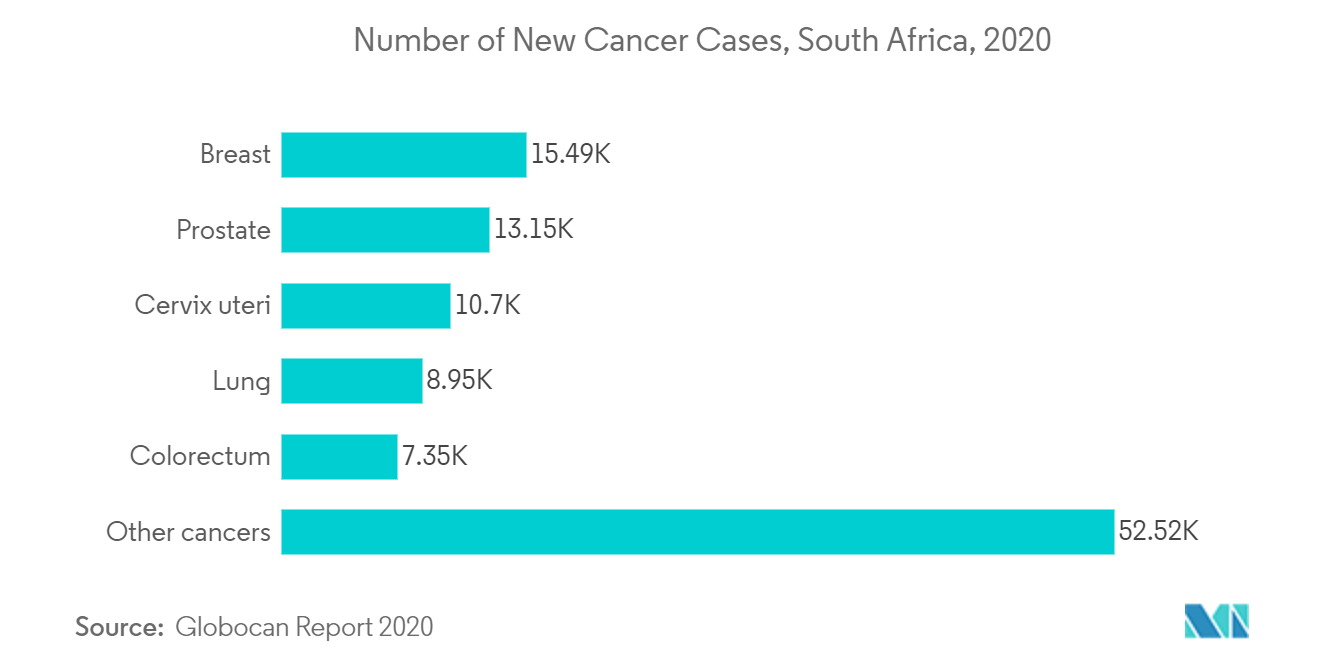Market Trends of South Africa Mammography Industry
This section covers the major market trends shaping the South Africa Mammography Market according to our research experts:
Digital Systems are Expected to Hold Significant Share in Product Type Segment
In digital mammography, the X-ray film is replaced by solid-state detectors that convert X-rays into electrical signals, and these electrical signals are used to produce images of breasts. Digital mammogram images are stored on a computer and can be easily shared electronically, allowing multiple providers to share necessary data to improve care.
Digital mammography uses less radiation. Digital mammograms also have better picture clarity and the ability to alter the photos afterward. This can make detecting abnormal changes much more accurate, due to the details provided. Gianluca Gatta, in the article, 'Second-Generation 3D Automated Breast Ultrasonography (Prone ABUS) for Dense Breast Cancer Screening Integrated to Mammography: Effectiveness, Performance, and Detection Rates', published in 2021, stated that integrating full-field digital mammography (FFDM) with 3D-prone automated breast ultrasound in women with high breast density increases and improves breast cancer detection rates in a significant manner, including small and invasive cancers, and it has a tolerable impact on recall rate.
In addition, the market in South Africa is likely to witness satisfactory growth owing to technological advancement. For instance, the South African company CapeRay is offering a product called the Aceso system, integrating two modalities, i.e., full-field digital mammography and automated breast ultrasound into a single device that enables simultaneous acquisition of both sets of images.
The existing high prevalence of breast cancer among women in this region and the growing advancements and awareness about efficient mammographs will be a major driver for the growth of the segment.


